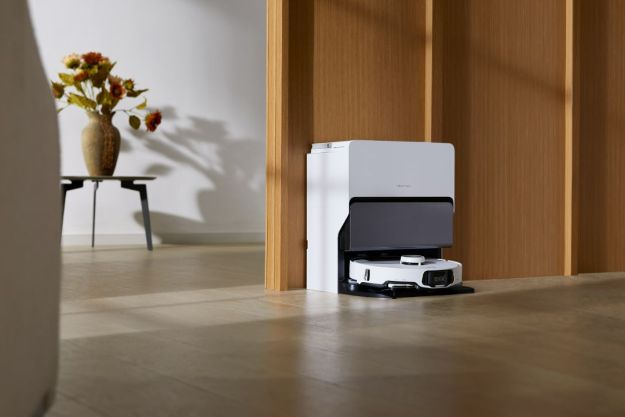The Lone Star State has been inundated by rainfall over the course of the last several weeks, so to protect himself and his family, Randy Wagner of Rosharon in Brazoria County decided to buy an AquaDam, branded as the “world’s largest water filled cofferdam.” And while you can’t believe everything you read on the internet, apparently, this was very real marketing. The AquaDam, believe it or not, worked, saving Wagner and his home from flooding.
Resident uses AquaDam to protect home from floodwaters: https://t.co/rKcFqI1mS3 pic.twitter.com/zwkvP1vFcH
— KHOU 11 News Houston (@KHOU) June 10, 2016
Speaking with KHOU of Houston, Wagner revealed that acquiring the dam required quite a bit of dedication — he trekked all the way to Louisiana to pick up the contraption, then enlisted the help of two other men to fill up the 400 feet of 30-inch-high plastic and fabric tubes with water. And even as flood waters rose to 27 inches, Wagner’s family stayed (literally) high and dry.
“I was the crazy guy. Everybody was kinda going by, laughing at me. But today they are really impressed with this AquaDam,” Wagner said.
Of course, there was a rather hefty cost associated with keeping his house safe from floodwaters, though the $8,300 price tag no doubt pales in comparison to the damages he would’ve incurred from the water. “$8,300 is to me a small investment on a house that could have two feet of water in it and cost me $150,000 in repairs,” Wagner said. After all, many counties around the Brazos River have been declared disaster zones, and the Houston Chronicle reports that “some small areas [have been] entirely submerged.”
So if you’re facing rising waters, consider buying a dam. Desperate times, desperate measures, you know?


